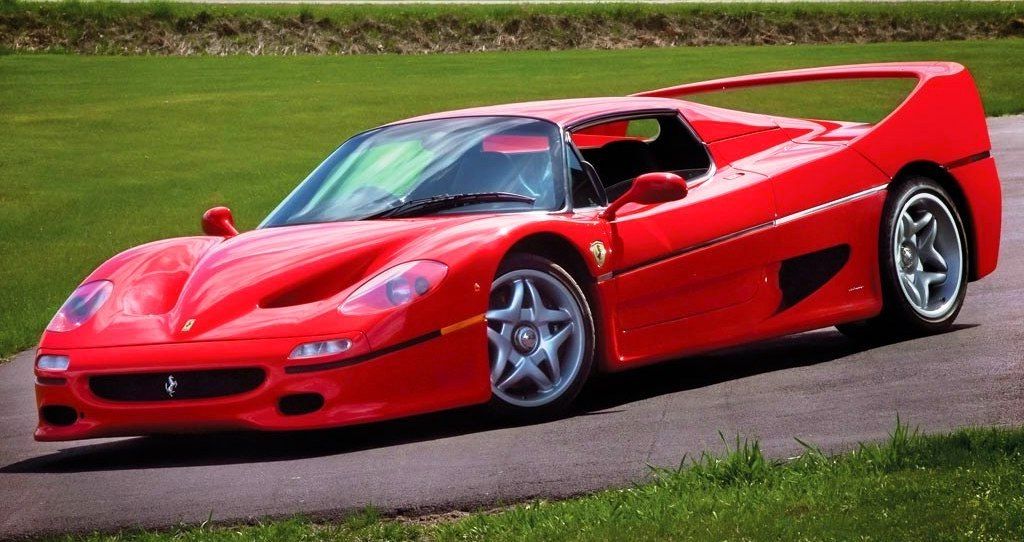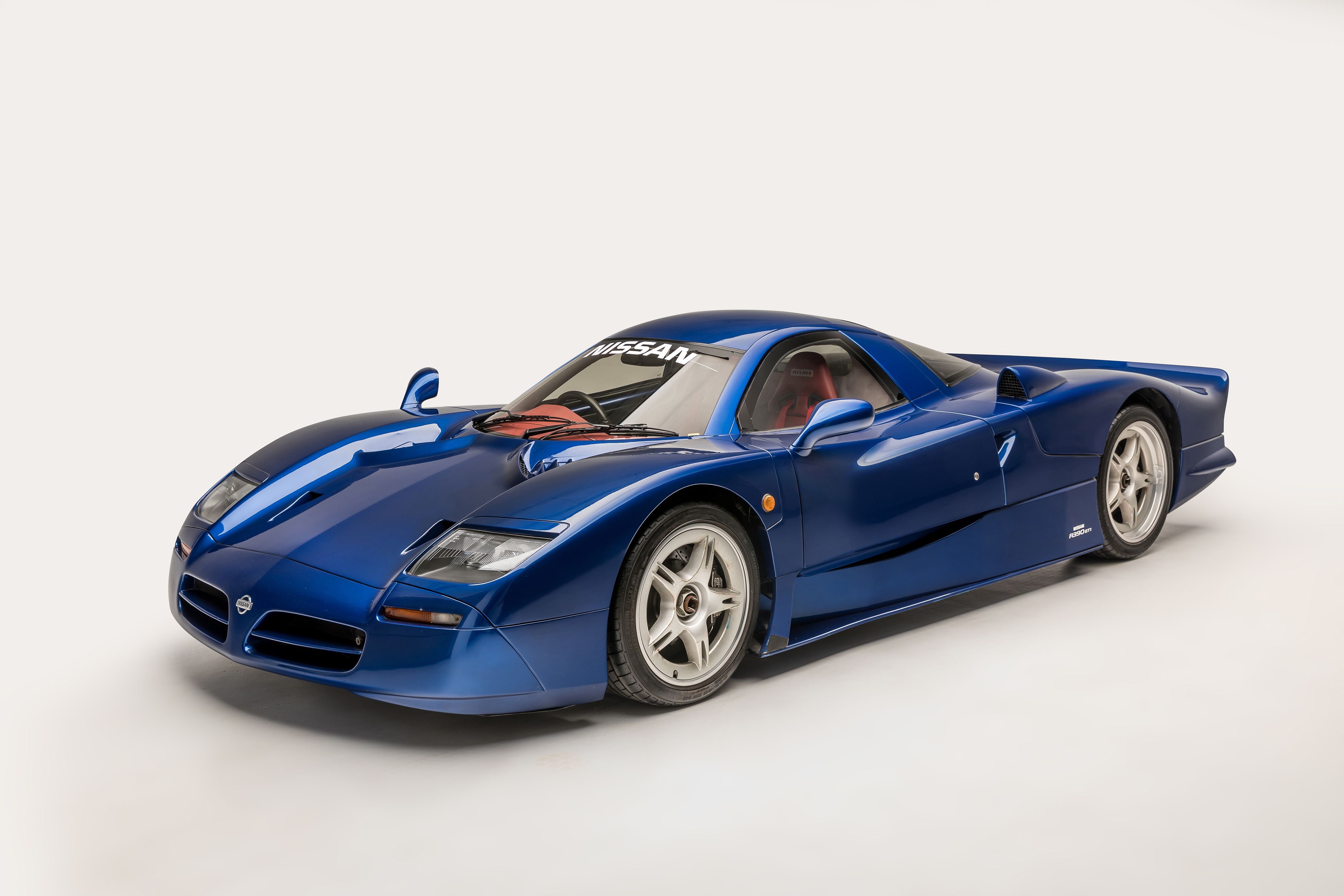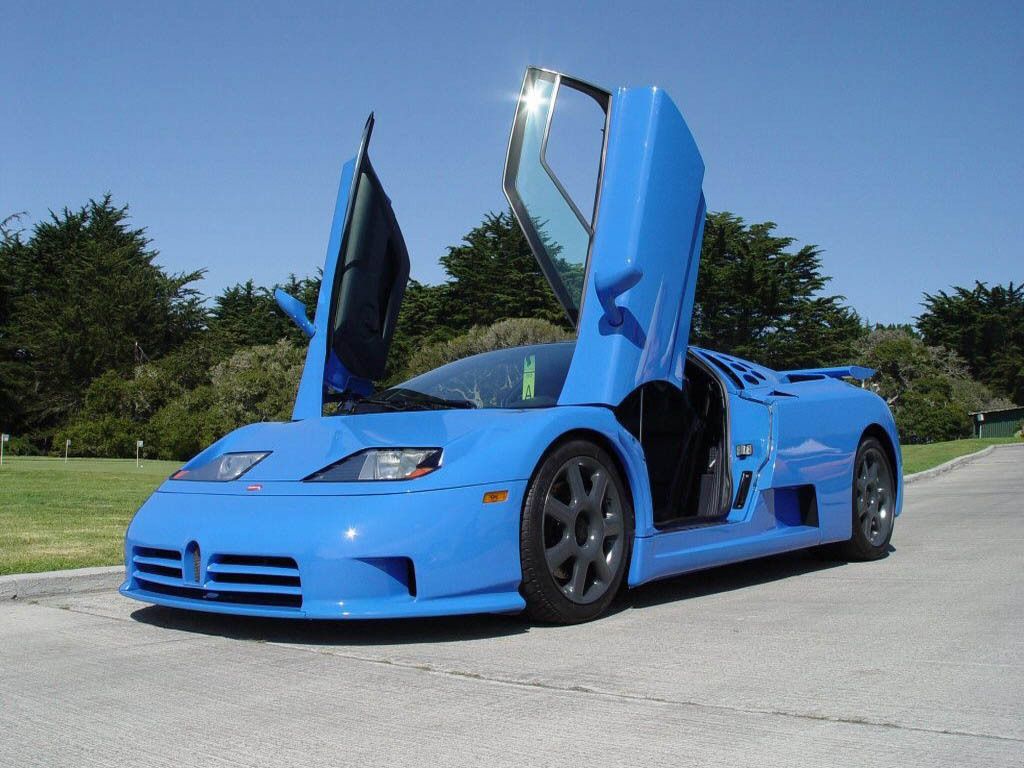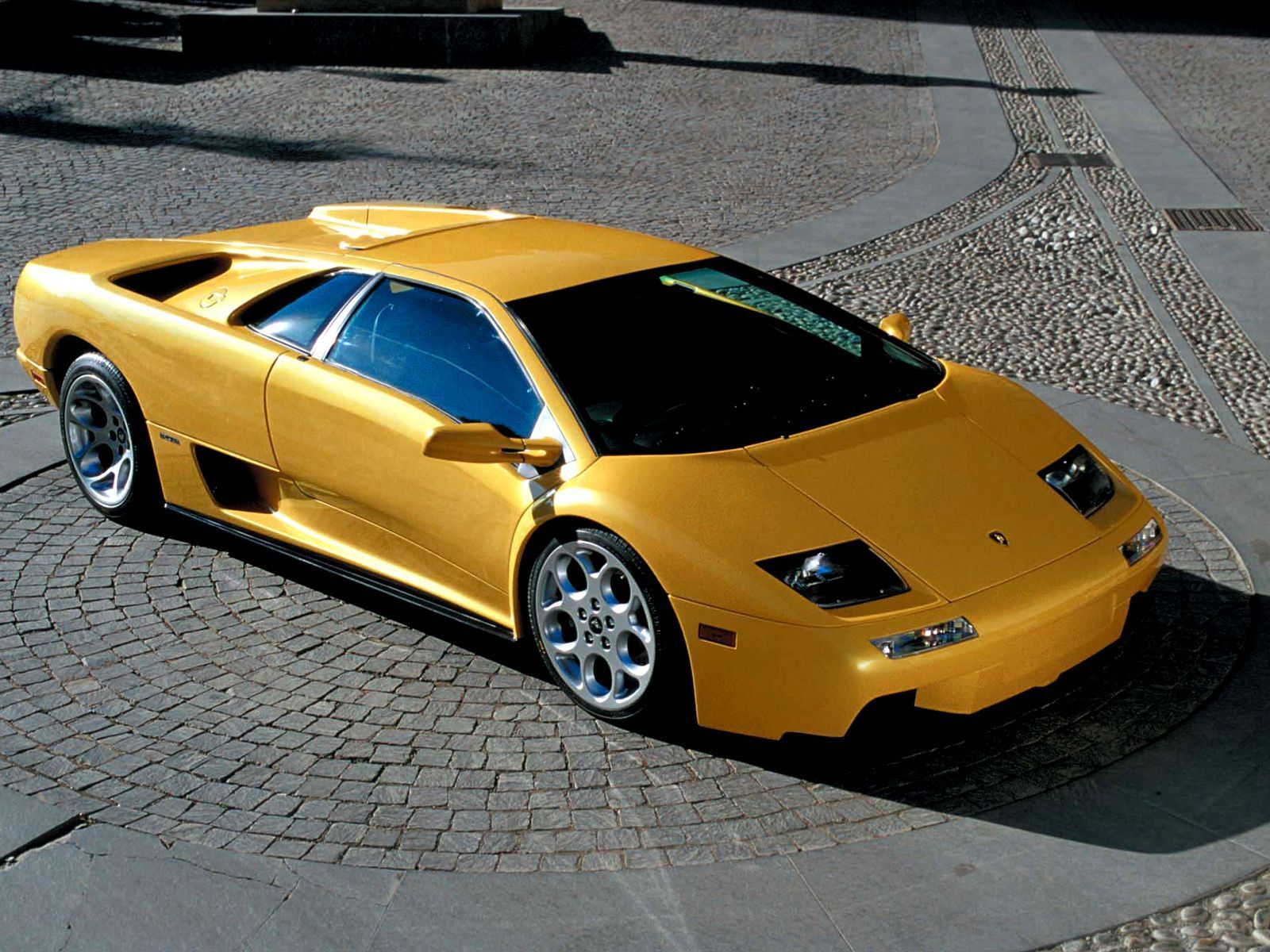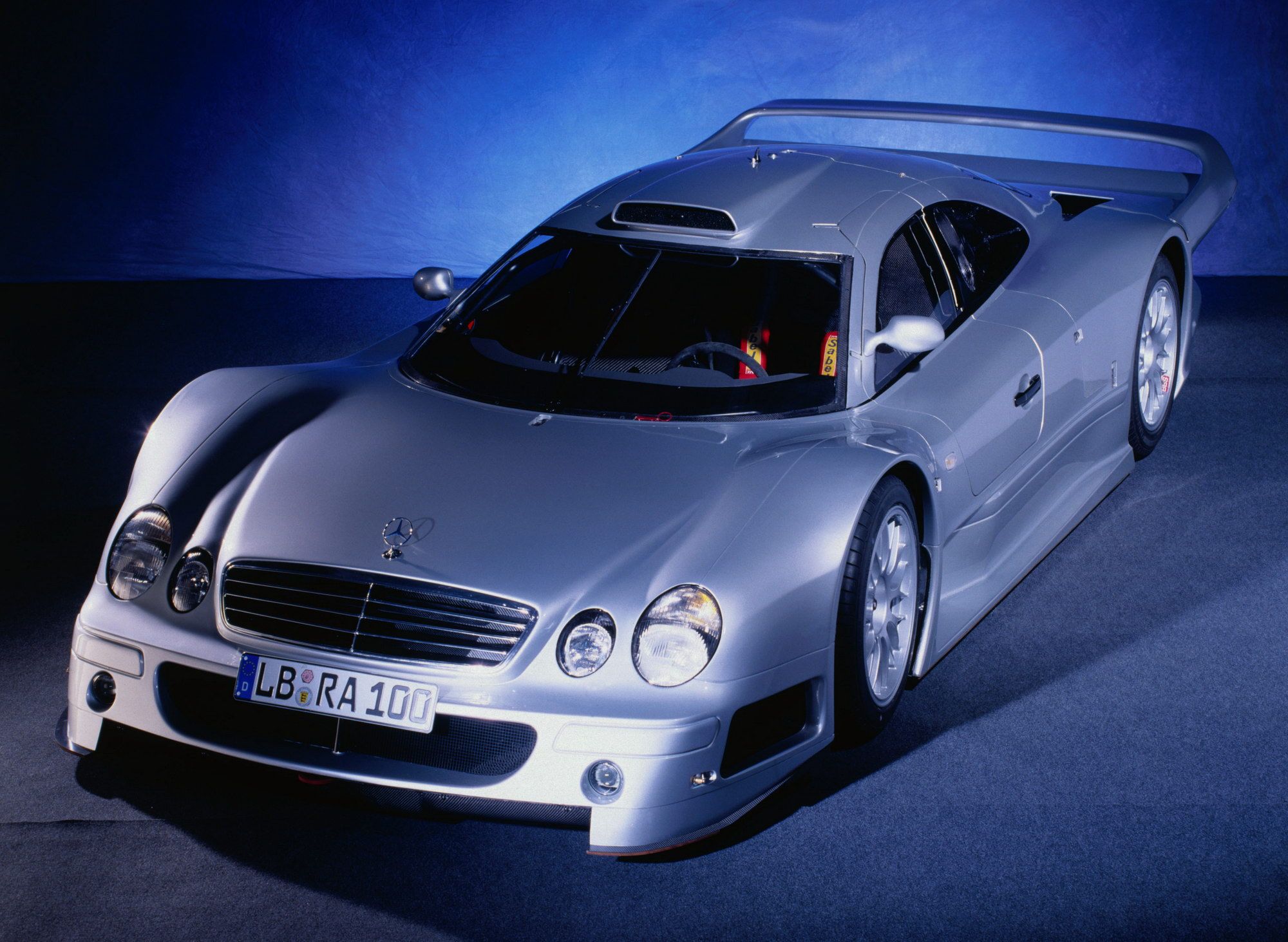The 1990s were an interesting decade for the auto industry, though most of us remember it more because of what took place in the supercar segment. Back then, the “term” supercar wasn’t as widely used as it is today, but that didn’t stop automakers like Ferrari, Lamborghini, Porsche, Mercedes, and, yes, McLaren from developing performance beasts that didn’t rely on driving aids to be considered super. For the most part, the 1990s supercars were machines that came with insanely powerful engines, sleek and functional bodies, and low curb weights. Traction control? KERS? Launch control? None of these existed in that era, and, in some ways, that’s what made those exotics so pure and completely awesome. There’s a long list of supercars that shot to fame in the 1990s. We could’ve identified all of them, but that would’ve taken up a lot of space and time. Instead, we chose eight of the best and fastest supercars of that decade that have evolved into unicorns in today’s era of supercars.
McLaren F1 - 231 MPH
Without question, the one true supercar that stood tallest during the 1990s was the McLaren F1. To this day, it’s still considered as one of the best supercars ever built, a distinction it has carried for more than two decades. The F1 was built for the singular purpose of showcasing what McLaren was capable of if it developed a road-going supercar. It featured a unique interior setup that included a 1+2 seating layout and it was powered by a 6.1-liter V-12 engine that produced 627 horsepower and 480 pound-feet of torque. The road-going F1 was capable of sprinting from 0 to 60 mph in just 3.2 seconds. That’s the legacy of the McLaren F1, the undisputed king of the supercar world in the 1990s.
McLaren F1 drivetrain specifications
|
Engine: |
6.1-liter V-12 engine |
|---|---|
|
Horsepower: |
627 horsepower |
|
Torque: |
480 pound-feet of torque |
|
0 to 60 MPH: |
3.2 seconds |
|
Top speed: |
231 mph |
Read our full review on the 1993 McLaren F1
Ferrari F40 - 228 MPH
So what if Ferrari introduced the F40 in 1987? The model lasted until 1992 so it still made a huge impact in that decade. Era aside, the F40 is a holy grail Ferrari for a lot of reasons. It embodied everything that represented Ferrari, right down to its angry 2.9-liter twin-turbo V-8 engine that produced 472 horsepower and 426 pound-feet of torque. The F40 also spawned so many different versions that identifying each one in this space is futile. That’s the kind of legacy it built and still exudes to this day. Its acceleration numbers look pedestrian by today’s standards — it could hit 60 mph from a standstill position in 4.5 seconds — but don’t dismiss what the F40 is capable of.
Ferrari F40 drivetrain specifications
|
Engine: |
2.9-liter twin-turbo V-8 engine |
|---|---|
|
Horsepower: |
472 horsepower |
|
Torque: |
426 pound-feet of torque |
|
0 to 60 mph: |
4.5 seconds |
|
Top speed: |
228 mph |
Read our full review on the 1987-1992 Ferrari F40
Nissan R390 GT1 - 220 MPH
The Nissan R390 GT1 is one of the most mysterious performance cars from the 1990s, in part because Nissan built just one model of the road-going version. Adding to its mysterious aura is the fact that the one and only road-going R390 GT1 was never sold publicly. It’s been in Nissan’s possession since it was built in 1998, and don’t expect it to change hands anytime soon. It’s a pity that the R390 GT1 never made it to the market. It was considered Nissan’s first and only supercar, packed with a 3.5-liter twin-turbo V-8 engine that produced 550 horsepower and 470 pound-feet of torque. To this day, the Nissan R390 GT1 remains one of the fastest Japanese production cars in history.
Nissan R390 GT1 drivetrain specifications
|
Engine: |
3.5-liter twin-turbo V-8 |
|---|---|
|
Horsepower: |
550 horsepower |
|
Torque: |
470 pound-feet of torque |
|
0 to 60 MPH: |
3.2 seconds |
|
Top speed: |
220 mph |
Bugatti EB110 - 216 MPH
Before the Bugatti Chiron, there was the Bugatti Veyron. Before the Veyron, there was the Bugatti EB110. Sure, the EB110 was built when Bugatti was under a different ownership group. Still, the EB110 lived up to the Bugatti legacy, even if it looks quite dorky now. At the heart of the EB110 sat a 3.5-liter quad-turbo V-12 engine that produced 552 horsepower and 451 pound-feet of torque. Bugatti also released a more powerful EB110 SS (Super Sport) that produced 603 horsepower and 479 pound-feet of torque. The extra power and the lighter build of the EB110 SS helped it sprint from 0 to 60 mph in 3.2 seconds — that’s over a second quicker than the EB110 GT — before maxing out at 221 mph.
Bugatti EB110 drivetrain specifications
|
Engine: |
3.5-liter quad-turbo V-12 engine |
|---|---|
|
Horsepower: |
552 horsepower (EB110 GT) / 603 horsepower (EB110 SS) |
|
Torque: |
451 pound-feet of torque (EB110 GT) / 479 pound-feet of torque (EB110 SS) |
|
0 to 60 MPH: |
4.4 seconds (EB110 GT) / 3.2 seconds (EB110 SS) |
|
Top speed: |
216 MPH (EB110 GT) / 221 MPH (EB110 SS) |
Read our full review on the 1993 Bugatti EB110 SS
Lamborghini Diablo - 202 MPH
The Lamborghini Diablo was one of the most iconic supercars of the 1990s. It was a staple on the walls of people’s bedrooms and, to this day, young kids who grew up in that decade would still bend over backwards for a chance to drive the Diablo today. That’s how iconic the Diablo was. Lamborghini’s supercar also came in a number of forms, beginning with the “standard” Diablo that was powered by a 5.7-liter V-12 engine that produced 492 horsepower and 428 pound-feet of torque. Those who wanted more could opt for the Diablo VT while the SE30 and SV topped out the Diablo lineup with outputs of 523 horsepower and 471 pound-feet of torque and 510 horsepower and 428 pound-feet of torque, respectively.
Lamborghini Diablo drivetrain specifications
|
Engine: |
5.7-liter V-12 engine |
|---|---|
|
Horsepower: |
492 horsepower |
|
Torque: |
428 pound-feet of torque |
|
0 to 60 MPH: |
4.5 seconds |
|
Top speed: |
202 MPH |
Read our full review on the 1990-2001 Lamborghini Diablo
Mercedes CLK GTR - 199 MPH
One of the most compelling supercars of its time, the Mercedes CLK GTR was more of an outlier for Mercedes than it was a norm. Back then, Mercedes didn’t build performance cars with the regularity that it does now. That’s why the CLK GTR is all sorts of special, in part because it was created to abide by the same homologation rules that led to the creation of a number of other supercars on this list. The CLK GTR lived up to its billing, too. It was powered by a massive 6.9-liter V-12 engine that produced 604 horsepower and 572 pound-feet of torque.The Mercedes CLK GTR also holds the distinction of being the most expensive production car of its time with a price tag of a little over $1.5 million. Mind you, that was 20 years ago.
Mercedes CLK GTR drivetrain specifications
|
Engine: |
6.9-liter V-12 engine |
|---|---|
|
Horsepower: |
604 horsepower |
|
Torque: |
572 pound-feet of torque |
|
0 to 60 MPH: |
3.8 seconds |
|
Top speed: |
199 mph |
Read our full review on the 1998 Mercedes CLK GTR
Ferrari F50 - 194 MPH
The Ferrari F50 should have been an amazing supercar. If you took it at face value, you could even make a case for it as such. It was powered by a 4.7-liter V-12 engine that produced 514 horsepower and 347 pound-feet of torque. It was capable of accelerating from 0 to 60 mph in just 3.7 seconds and it carried a top speed of 194 mph. All these numbers reflect a potent supercar from the 1990s. Everyone who knows anything about performance cars knows about the F40. Not everyone can say the same about the F50. In many ways, the F40’s shadow proved too big for the F50 to get out of, even if the latter still holds a lot of weight as one of the fastest and most powerful supercars of the 1990s.
Ferrari F50 drivetrain specifications
|
Engine: |
4.7-liter V-12 engine |
|---|---|
|
Horsepower: |
514 horsepower |
|
Torque: |
347 pound-feet of torque |
|
0 to 60 MPH: |
3.7 seconds |
|
Top Speed: |
194 mph |
Read our full review on the 1995-1997 Ferrari F50
Porsche 911 GT1 Straßenversion
The 1990s was an incredible era for supercars. A big part of that was due to the homologation requirements for manufacturers that wanted to enter any racing series at that time. One of the most incredible supercars to come out of that rule was the Porsche 911 GT1 Straßenversion. A lot of people have forgotten about the 911 GT1 Straßenversion, even if it’s arguably one of the most unforgettable supercars of its time. It’s powered by a 3.2-liter flat-six twin-turbo engine that produced 537 horsepower and 443 pound-feet of torque.Only 25 units of the 911 GT1 Straßenversion were made, making it one of the few Porsches in history that deserves the title of “unicorn.”
Porsche 911 GT1 Straßenversion drivetrain specifications
|
Engine: |
3.2-liter flat-six twin-turbo engine |
|---|---|
|
Horsepower: |
537 horsepower |
|
Torque: |
443 pound-feet of torque |
|
0 to 60 MPH: |
3.9 seconds |
|
Top speed: |
191 mph |
Read our full review on the 1998 Porsche 911 GT1 Straßenversion

